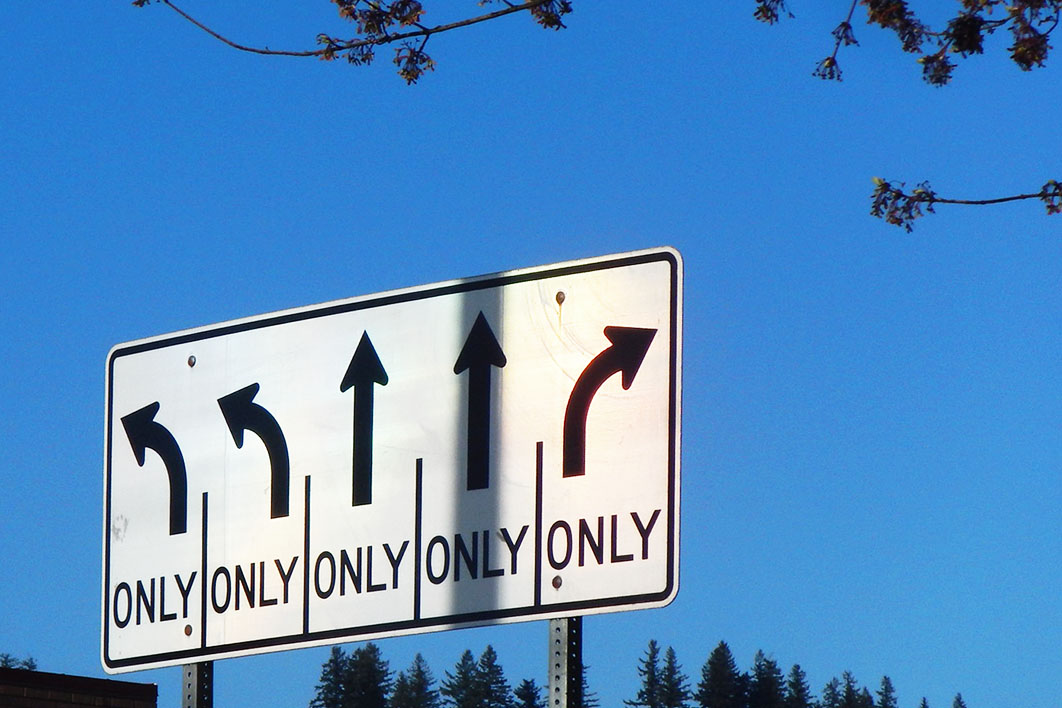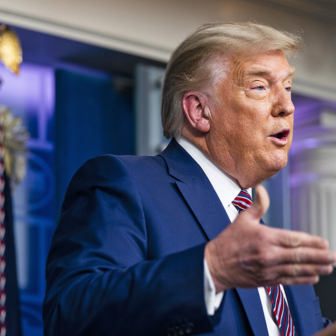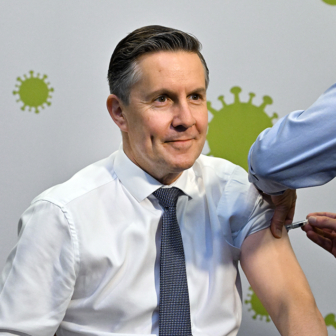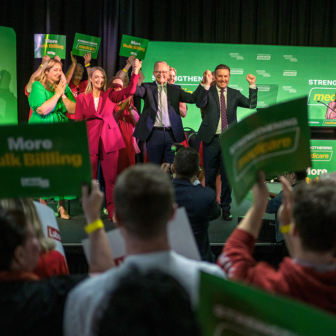As the curve began to bend, we began to reflect on the endgame. But then the figures from Singapore this week reminded us that only a vaccine will guarantee against rebound, no matter how long we hold restrictions in place. Here in Australia, with the downturn in our own daily tally of diagnoses, we saw an uptick in demand for answers to one question: when will restrictions be lifted? Political leaders and public health advisers cautioned that those controls are here to stay — that relaxing them too soon could lead to a catastrophic resurgence. Yet the federal government’s release of (some) of its modelling brought a backlash: what’s the point if it can’t tell us when we can resume our normal daily lives?
As a health educator, I learned early on that different people have enormously different capacities to tolerate uncertainty. Some greet it with fatalism, shrugging their shoulders and continuing their daily routine. Others grip their keyboards with white knuckles, consuming every bit of news and trying to make it all fit together. As people in that second group find gaps or contradictions, they convince themselves that someone is either lying or incompetent. From this, we get the vocal insistence — despite all evidence to the contrary — that Australia has a secret policy of “let it rip” that would tolerate 3 to 5 per cent fatality rates to build up herd immunity.
The core of this mindset is the belief that someone, somewhere, knows everything and can control everything. Yet we live in complex systems in which nobody ever has complete knowledge or full control, and unexpected outcomes can emerge from behaviours enacted with quite different goals. In my own research, I use complex systems theory and methods to visualise and understand different social forms, including personal networks, organisations, cultures, communities, markets and policy spaces. One finding is constant: complexity teaches us we need to get used to uncertainty.
Right now, though, we are hearing from economists and think tanks and opinion writers and even medical journal editors, arguing that we must choose between two strategies, stick to just one option or focus on only one variable, or claiming that expert discipline X lacks a perspective only available to discipline Y or that experts can’t resolve it and simple models are all we need. At the end of March, for instance, the Medical Journal of Australia published a very simple model, based on Italian data, that predicted exponential growth in demand for intensive care beds in Australia. An accompanying editorial said that under conditions of complexity and uncertainty (anything involving human behaviour) “simple models may be more robust; at least early on, when they matter most.” And yet, in the fortnight that followed, the epidemic curve slackened and bent, invalidating that “robust” model. As H.L. Mencken observed, for every complex problem there is an answer that is clear, simple and wrong.
As epidemiologist Kathryn Snow has explained in the Guardian, more sophisticated models use data from observations of the real world to construct simulations within which we can experiment with different policy measures. The simulation isn’t a complete representation, of course. An attempt to model society in its full complexity would run into two insuperable problems: it would take too long to collect comprehensive data, making any answers out-of-date; and even if we had all that data, including so many variables would generate so many possible combinations that the simulation could not be computed at all.
In the aftermath of the global financial crisis, ecological scientists were brought in to survey the wreckage of the mainstream economic models that failed to predict the crisis even as it unfolded. Even in financial markets, where we do possess complete and timely knowledge of holdings, transactions and prices, these appraisals suggested that even with the most innovative models we can only make reliable predictions over a time horizon of a day or two, at most.
And yet we make plans for the future. We pass a budget, we make legislation, we plan a strategy involving a suite of measures in response to the local offshoot of the Covid-19 pandemic. If we can’t predict what will happen, and when, then how can we do any of that?
Coping with uncertainty involves taking action as a way of knowing. We make decisions based on all the insights available to us — not just models, surveillance data and peer-reviewed publications, but also things like professional experience, comparisons with other settings and anomalies observed in practice. The action we take and the effects we observe help us to better understand the system we are engaging with.
As a complex system, nothing about an epidemic is required to seem logical. The bulk of it is unseen: a virus moves through cells in organs in bodies and via encounters and relationships in networks and communities in populations. Minor coincidences can cause explosive, unpredictable outcomes — a food service worker, highly infectious but not yet feeling unwell, infects three dozen guests at a single cocktail party. Similarly, the diversity of people in a social network can determine whether an infection stays localised or travels across communities, countries and even continents. All of these factors can interact and drive significant changes in an epidemic without giving any advanced warning.
This requires us to be responsive — to pay close attention to all the different sources of knowledge available to us, and to be open to improvisation and adaptation. When members of the community and the commentariat understand this, they can see why we might shift from one strategy to another, and they do better at applying general recommendations to their own circumstances. This makes communicating the rationale absolutely vital. The demand for certainty is a barrier to a responsive strategy for epidemic control.
This is why it’s so encouraging to see deputy chief medical officer Paul Kelly talking about the endgame while the premiers are cautioning against expecting a return to normal life anytime soon, and the NSW chief health officer Kerry Chant talking about a “zigzag” approach to lifting restrictions while the modelling experts warn that easing up too soon might provoke “explosive resurgence.” As Harvard epidemiologist Mark Lipsitch says, “I think there’s going to be a lot of experimentation, not on purpose, but because of politics and local situations.”
These are not inconsistencies to be seized on or mutually exclusive positions to be debated in abstract terms. We can’t answer when restrictions might be lifted, but our governments are beginning to communicate how that might happen and what we might all need to be ready for, recognising that the pandemic, and our epidemic, will continue to evolve. •




